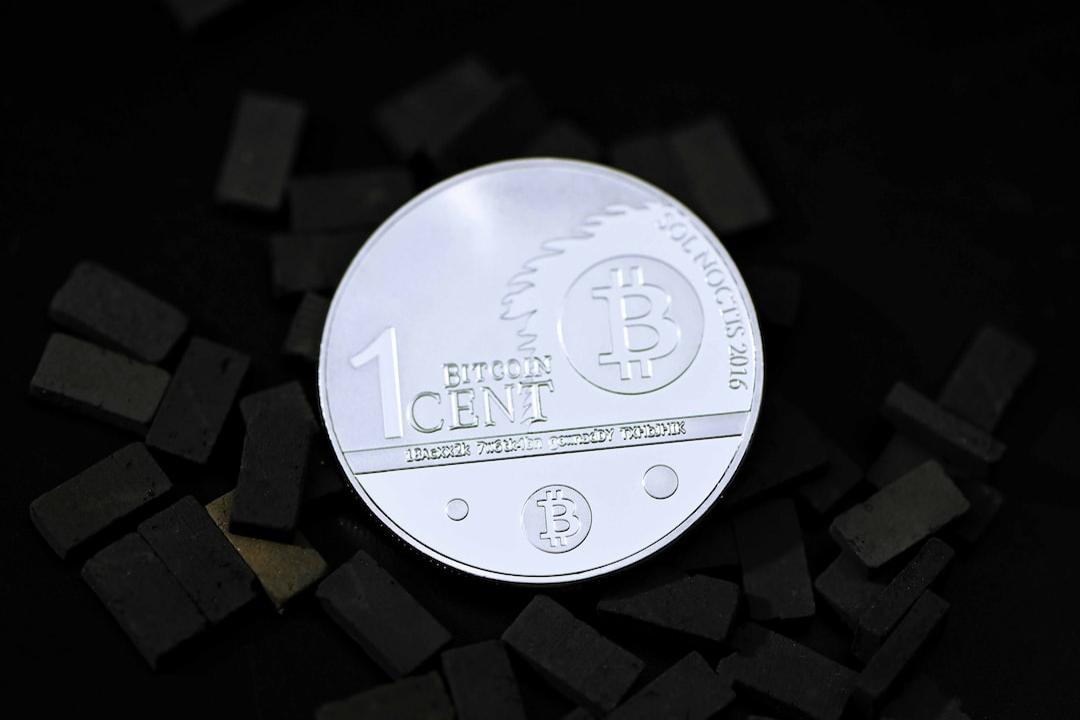Solana’s native token, SOL, experienced a significant surge of 19.5% between March 5th and March 7th, reaching $150 for the first time since January 2022. This increase in value gained momentum after Bloomberg reported that Pantera Capital’s asset manager plans to purchase $250 million worth of SOL tokens from the bankrupt FTX estate. Traders are now questioning whether SOL can maintain its 47% gains over the past twelve days and if it has the potential to surpass $200.
It’s important to note that even if Pantera Capital’s proposal is accepted, it represents only a fraction of the $5.9 billion worth of SOL tokens held by the FTX estate, accounting for nearly 10% of the total supply. Therefore, the bullish momentum is likely driven by other factors, such as the excitement surrounding Solana SPL memecoins. For instance, on March 6th, tokens inspired by celebrities and poorly drawn tokens like Jeo Boden, Juses crust, and Spooderman dominated in terms of volume and performance.
Even for those who may not see value in this trend, it encourages investors to speculate on newly launched tokens within the Solana network and motivates developers to provide liquidity for their projects. Ultimately, this momentary hype positively influences the demand for SOL tokens and the utilization of its decentralized exchanges (DEX) ecosystem. By attracting attention, particularly from newcomers, the Solana network solidifies its appeal to traders who may be less concerned about decentralization and lower fees on other competing blockchains.
In addition to the DEX sector, other SPL tokens with functional use or associated applications, such as Jupiter (JUP) and Raydium (RAY), also experienced significant surges of nearly 30% between March 5th and March 7th. Furthermore, Jito (JTO) rose by 15.5%, and Helium Mobile (MOBILE) traded up by 14.5% during the same period. Additionally, there is anticipation surrounding airdrops, including Wormhole, Kamino, Parcl, and MarginFi, which creates ongoing demand for SOL tokens.
The momentum of SOL largely depends on the activity within the Solana network. While some may argue that the bullish momentum could fade after the airdrop and memecoin hype or that the FTX bankruptcy estate could restrict the price upside, these criticisms may not hold much weight if volumes continue to surge. In essence, SOL’s performance is not solely reliant on the performance of specific SPL tokens as long as new protocols and use cases continue to emerge.
As pointed out by Gumshoe on a social network, current Solana DEX activity surpasses the peak prior to the FTX-Alameda Research collapse in November 2022. Therefore, instead of solely focusing on token performance, it is more prudent to monitor whether the Solana network is expanding in terms of deposits and volumes. After all, the demand for SOL hinges on its ecosystem, which may have been positively influenced by memecoins, liquid staking, and airdrops, but it is not limited to them.
The total value locked (TVL) of smart contract deposits within the Solana network reached a 16-month high on March 6th, with 22.8 million SOL locked, signifying a 33% increase from the previous month. In comparison, BNB Chain’s TVL increased by 2.5% in BNB terms, while Arbitrum decreased by 18% in ETH terms during the same period. The surge in deposits for Solana’s decentralized applications (DApps) can be attributed to the growth of Jito, MarginFi, Kamino, BlazeStake, Jupiter, and Drift.
When comparing the volumes of Solana DApps to other blockchains, Solana experienced a remarkable surge of 311% in the preceding 30 days, while the Ethereum network saw a decline of 7%. No other top-10 competitor managed to match Solana’s growth.
However, in absolute terms, there is still a significant gap compared to Arbitrum’s $31.1 billion and BNB Chain’s $25.2 billion in monthly volumes. Ultimately, whether SOL can reclaim the $200 level will depend on the continued increase in demand for the Solana network. It is undeniable that Solana operates within a competitive industry.
Please note that this article does not provide investment advice or recommendations. Every investment and trading decision carries risks, and readers should conduct their own research before making any decisions.

